

The Catholic Patriotic Minute #15: Christopher Columbus
Catholics For Catholics Special Edition | October 13th, 2025
Christopher Columbus: Messenger of Catholicism and Discoverer of the Americas
October 12, 1492, marks the day Christopher Columbus discovered the Americas and landed on an island he called San Salvador, which translates to “Holy Savior.” His Catholic faith was not only a source of consolation during dangerous voyages across the Atlantic, but it was also a driving force behind his voyages. Conversion of the Indians was a part of the motivation and result of his voyages. In fact, the widespread Christian evangelization of Native Americans occurred because Christopher Columbus discovered the Americas, thus allowing the Old World, Europe, Asia, and Africa, finally to know that there was land and people out west. His discovery led to Franciscans traveling to the Americas in 1500 to evangelize and convert souls.
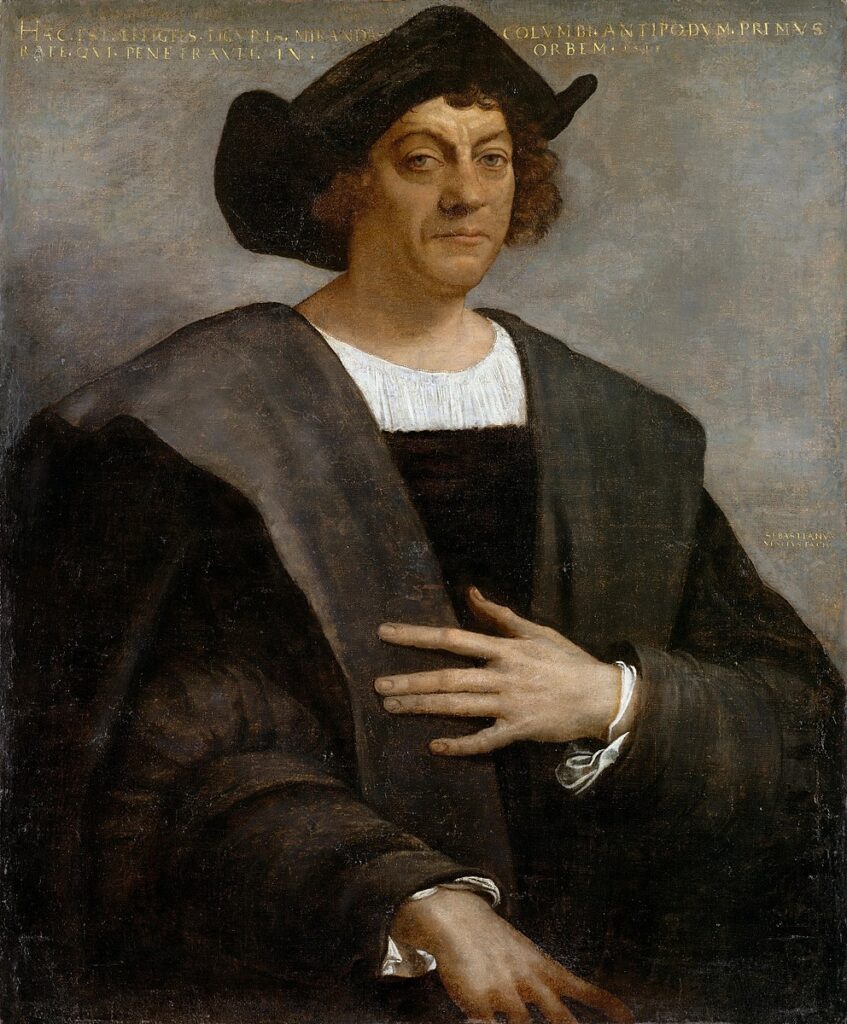
History revisionists today focus solely on the flawed aspects of his governorship of Hispaniola, a Caribbean island, and disregard in full his heroism. Of course, both his accomplishments and flaws should be understood. Imperfection is a rule, not an exception, amongst human beings as we were born with original sin. But, his flaws do not erase his heroism, rooted in his zeal for Catholicism.
Baptized with the name Christobal, meaning “Christ-Bearer,” Christopher was born in 1451 in Genoa, Italy. Growing up in this port city began his aspirations for navigation. Although he was not devoted to his studies as a child, he did teach himself to read and write in Spanish and Latin. Christopher needed to understand Latin to translate maps and geography. Reading The Travels of Marco Polo inspired Christopher to seek out his own maritime adventures as a sailor in Portugal. Then, in 1485, he moved to Spain to ask for a sponsored expedition. Nearing the end of the fifteenth century, explorers were appealing to the four emerging nation states, England, Portugal, France, and Spain, for sponsorships. These nation states were interested in the possibility of obtaining expensive goods like spices, gold, and silk in the East Indies, by way of sea routes because land routes to Africa were too dangerous after the fall of Constantinople in 1453.
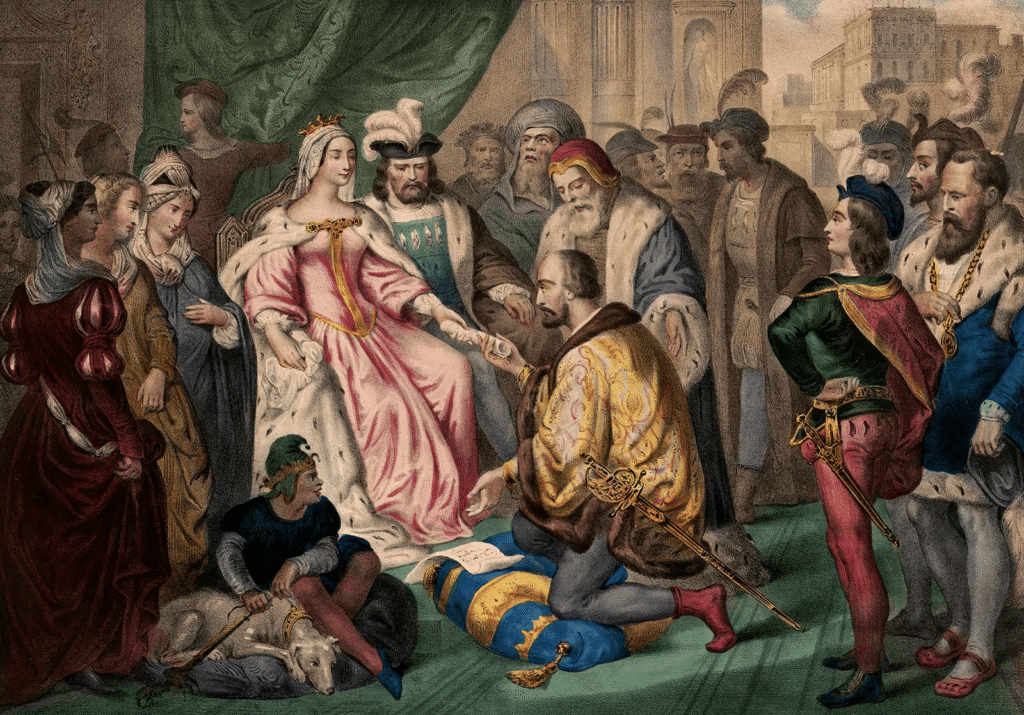
Christopher’s proposal stood out to the Spanish Monarchs, specifically Queen Isabella of Castile, because of its bold nature. Columbus claimed that he could reach the East Indies by sailing west, not east. Later, in a letter to the Catholic Monarchs which began his Book of Prophecies, Columbus wrote, “the hand of Our Lord opened my mind to the possibility of sailing to the Indies and gave me the will to attempt the voyage. With this burning ambition I came to your Highnesses. Everyone who heard about my enterprise rejected it with laughter and ridicule. . . Only Your Highnesses had faith and perseverance.”
After the Catholic Monarchs accepted Columbus’ proposal to sail west, Columbus picked August 2, 1492, the same day of the fiesta of Our Lady of Angels, as their day of departure. Our Lady of Angels was the patroness of the Franciscan friars, who supported Columbus in his expedition, and Our Lady of Angels was also the protector of the people of Palos, the city from which Columbus and his men sailed. And so, right before their first voyage began, Columbus and his men offered thanksgiving to Our Lady. They sailed out into the Atlantic on three ships, with Columbus on the Santa Maria (“Holy Mary”), not to see land for over two months.
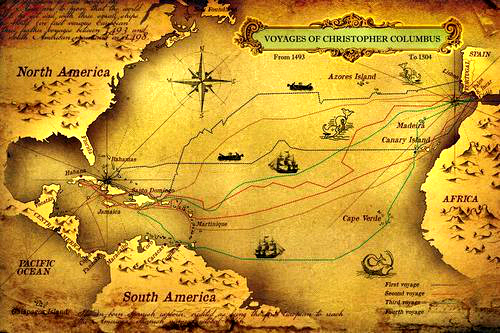
When they landed on San Salvador, which is now a part of the Bahama Islands, on October 12, 1492, Columbus met a friendly and gentle tribe of natives, the Taino, who largely inhabited the Bahama Islands, Cuba, Puerto Rico, and Hispaniola. However, their conflicts with the natives would begin when the Caribs reached the Tainos. The Caribs were cannibals, and so they would kill all people they conquered. The Caribs killed all the Tainos. Human sacrifice was also a regular practice in the Aztec Empire in Mexico until Spain conquered it in 1521. The Aztecs would sacrifice at least fifty thousand to their god Huitzilopochtli.
Conversion of the Indians was a part of Columbus’s mission, especially in light of these horrific pagan practices used by some tribes. On November 6, 1492, he wrote in his log book, addressed to the Catholic Monarchs, “I have to say, Most Serene Princes, that if devout religious persons know the Indian language well, all these people would soon become Christians. Thus I pray to Our Lord that Your Highnesses will appoint persons of great diligence in order to bring to the Church such great numbers of peoples, and that they will convert these peoples. . . . And after your days, for we are all mortal, you will leave your realms in a very tranquil state, free from heresy and wickedness, and you will be well received before the Eternal Creator.”
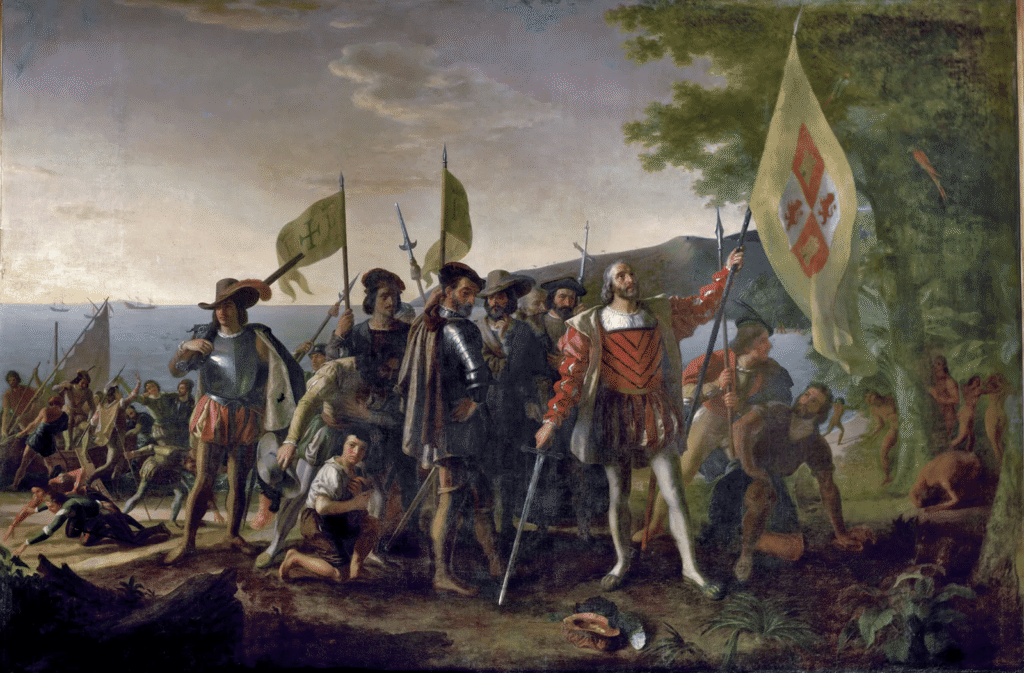
After this first voyage, Columbus would return to the New World three more times. During his second voyage, Columbus first encountered the Caribs, who killed several of Columbus’ 1,500 men. Also, Columbus left some of his men from his first voyage in Hispaniola, and he discovered that, while he was gone, his men had been massacred. Columbus assumed it was the fault of the Indians. Studies later would discover it was the fault of the Spaniards, left without Columbus’ leadership.
Although Columbus was given the title of governor of Hispaniola, he did not serve well in this capacity. His talents thrived on a ship, not on land. He left his men ungoverned to explore Cuba for at least five months and left his brother Bartholomew in charge. During this time away, Pedro Margarit and other men pillaged the Indians for food, gold, and women, despite Bartholomew’s command not to do so. After five months, Columbus returned sick to Hispaniola and, assuming that the loss of authority and order was due to the Indians, captured over a thousand of them to enslave them. Queen Isabella responded to this wrongdoing by ordering the release of Indian prisoners because slavery was contrary to Spanish law. As a matter of fact, she reminded her government and citizens that the Native Americans were now subjects to the Castilian crown and therefore possessed the same duties and rights as her other subjects.
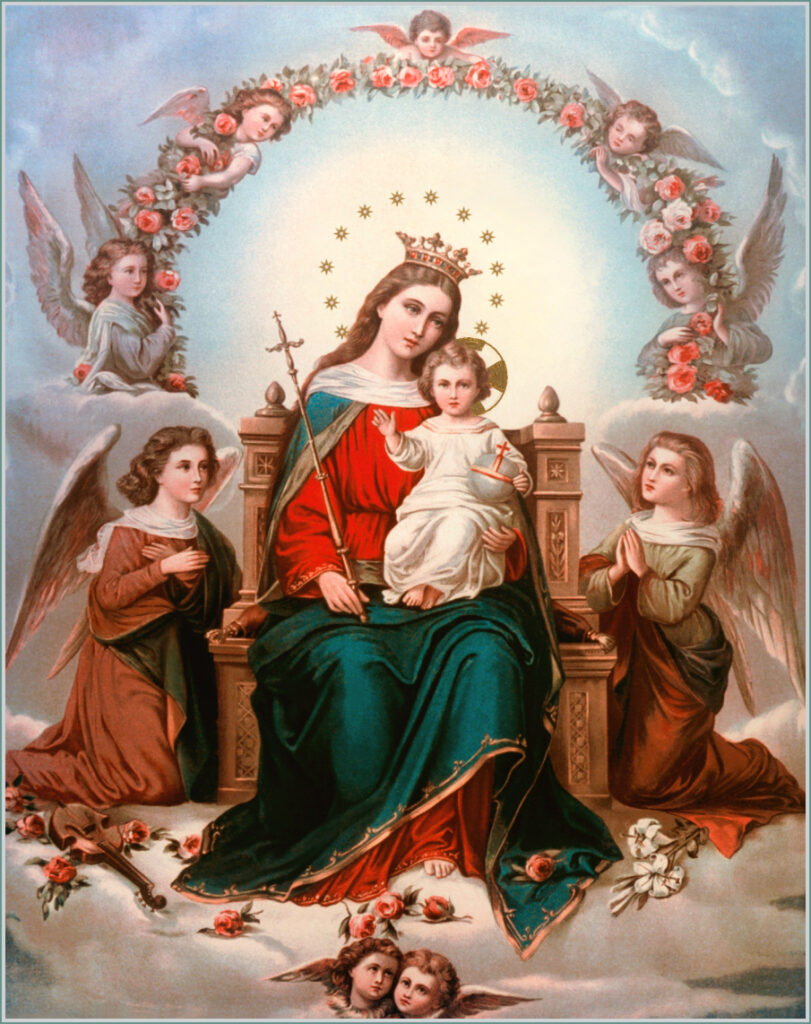
Columbus would later be relieved from his duty as governor by Queen Isabella because of his inability to govern his men, some of whom disregarded the Catholic Monarchs and mistreated the Native Americans. Although Columbus was not heroic as a governor of Hispaniola, he still remained a hero in his role as an explorer and sailor. As Pope Leo XIII asserted in his papal encyclical, Quarto Abeunte Saeculo, that honored Columbus.
For the exploit is in itself the highest and grandest which any age has ever seen accomplished by man; and he who achieved it, for the greatness of his mind and heart, can be compared to but few in the history of humanity. By his toil another world emerged from the unsearched bosom of the ocean: hundreds of thousands of mortals have, from a state of blindness, been raised to the common level of the human race, reclaimed from savagery to gentleness and humanity; and, greatest of all, by the acquisition of those blessings of which Jesus Christ is the author, they have been recalled from destruction to eternal life.
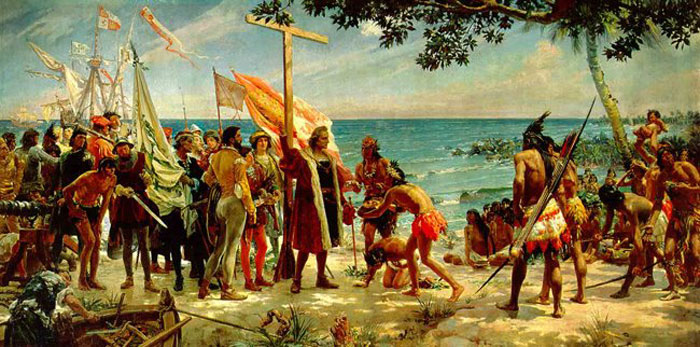
Pope Leo XIII reminded Catholics, “[f]or Columbus is ours.” He is our Catholic hero, for his discovery of America introduced Catholic missionaries to the pagan Indians, allowing for widespread Catholic conversions in the Americas. Columbus is our American hero, for his discovery of America introduced our English founding fathers to our homeland.
For more Catholic Patriotic Minutes, visit CATHOLICUSA.COM
Save and Share This Catholic Patriotic Minute!
